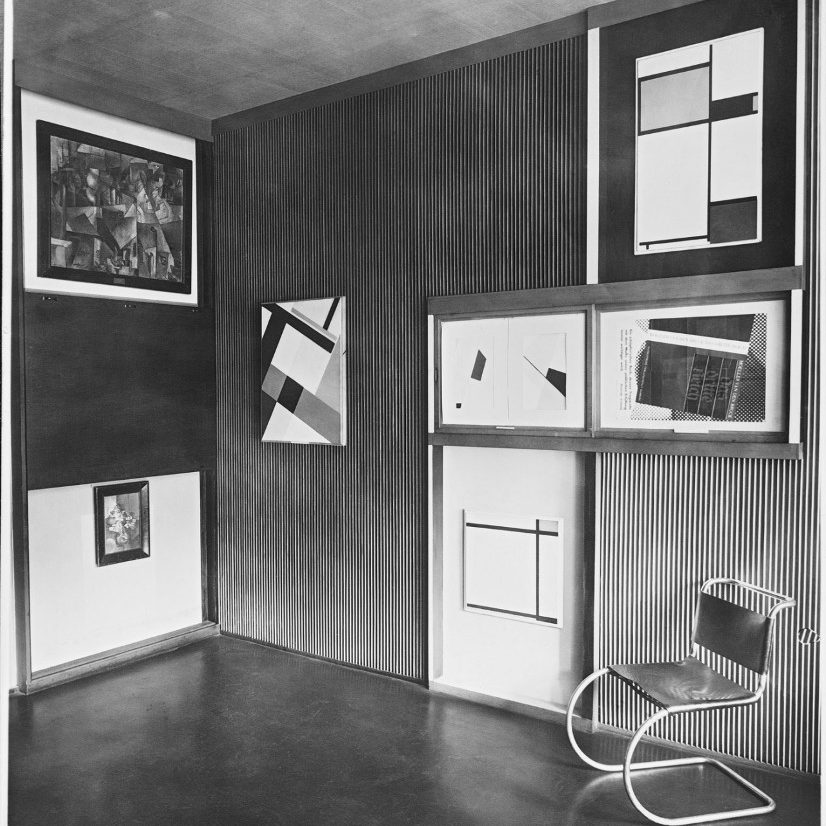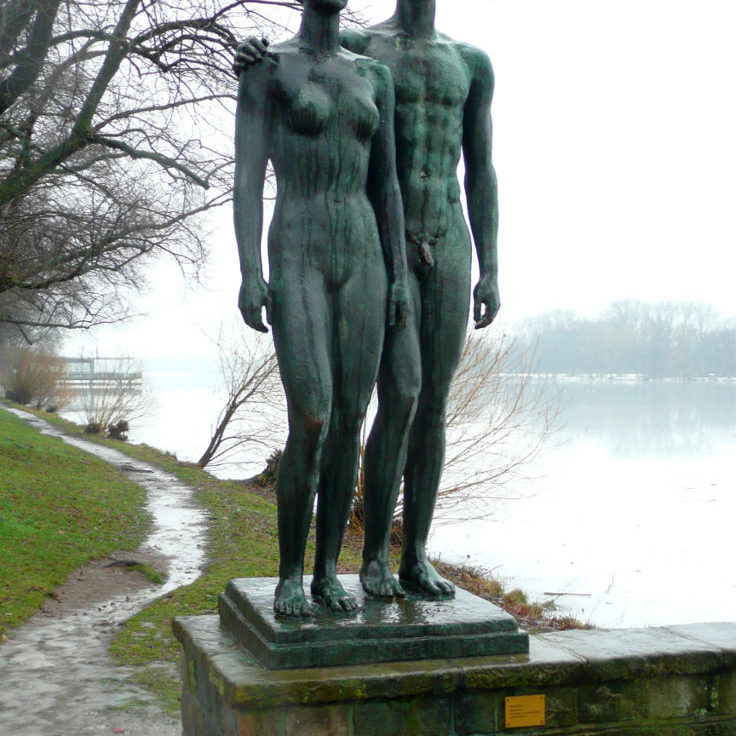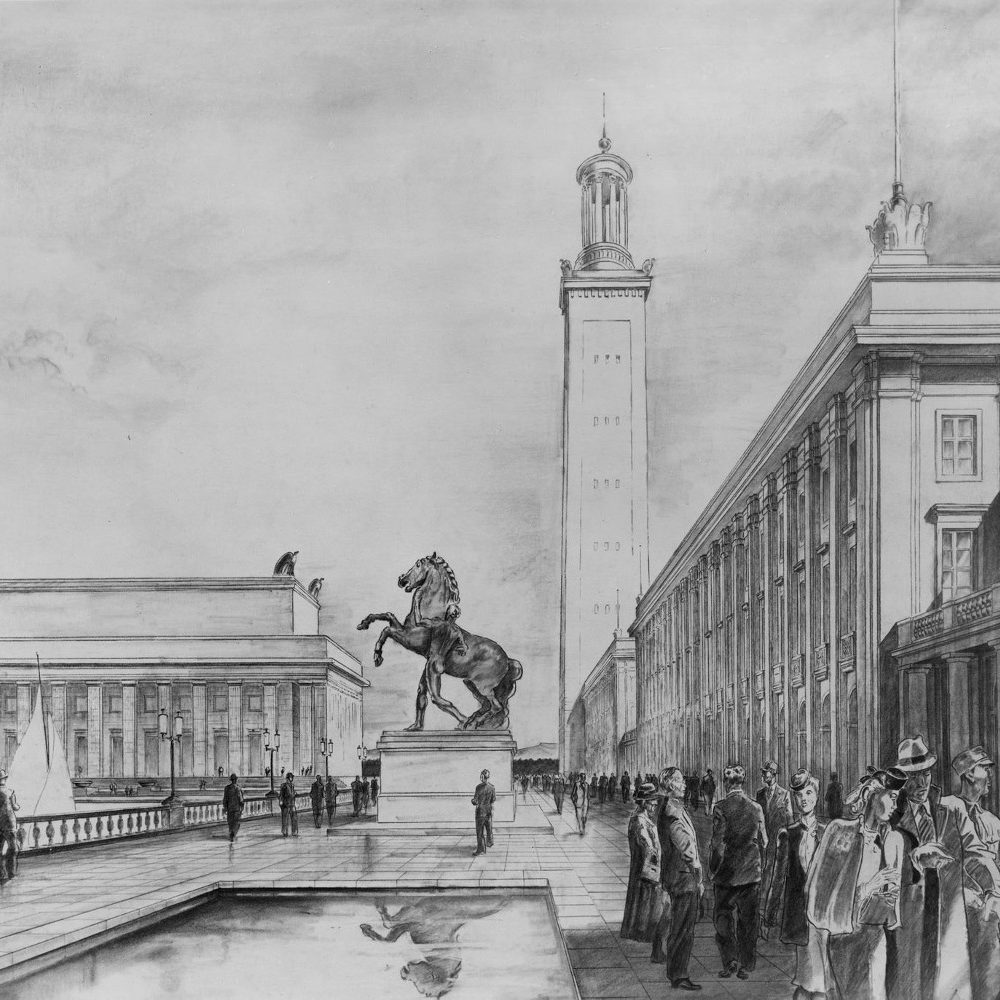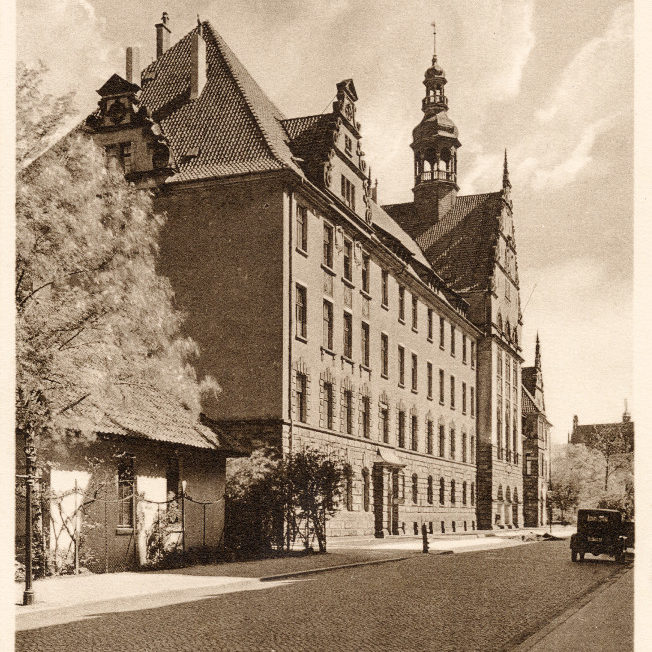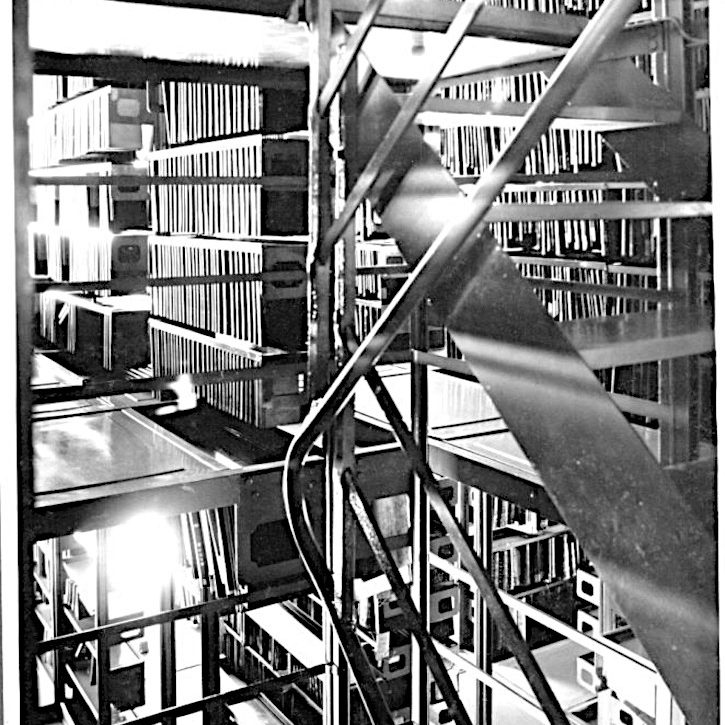You are currently viewing a placeholder content from Default. To access the actual content, click the button below. Please note that doing so will share data with third-party providers.
More InformationFinancial theft and art theft
The robbing first of those who emigrated, then of the Jews and Sinti who were deported to their deaths was a phenomenon involving many perpetrators, accomplices and others who profited. Hanover public authorities and museums also took their share.
The gradual isolation, removal of rights and ultimately the deportation and murder of the Jews and Sinti went hand in hand with looting of their finances. This robbery was carried out by public departments and their governing financial authorities.
From the ZeitZentrum Zivilcourage, turn right and walk down Leinstrasse, across Holzmarkt and along Pferdestrasse This brings you to the upper bank [Am Hohen Ufer] of the Leine. Until it was destroyed in the Second World War, the municipal Lending Office was housed behind the stout walls of the old Guelph armoury, now part of the Historical Museum. In the spring of 1939, the Jewish citizens of Hanover and the surrounding area were made to bring all their possessions that were made of precious metal to this point: this included cutlery, coins, jewellery, table decorations, etc. The people who had to surrender their valuables received a tiny fraction of the material value as compensation.
The route continues over the river along Mike-Gehrke-Promenade and via Friedrichswall to the Museum August Kestner at Trammplatz. This, the oldest museum in the city, likewise profited from Jewish property. Its director acquired many a fine object from the collections of deported Jews for the inventories of his institution.
Passing the Neues Rathaus, then turning right along a short path leading onto a footbridge over the River Leine, brings you to the old tax office building in Hardenbergstrasse. Customs and foreign exchange regulations imposed by the financial authorities saw to it that gradually all that refugees from National Socialist Germany could save was their own skins and nothing else. After the Jews and Sinti were deported from Germany, the tax offices sold the property and assets they had been forced to surrender, with the proceeds going to the Reich treasury. After all, rearmament and war had to be financed somehow.
Retrace your steps to go down Hannah-Arendt-Weg and stroll alongside the River Leine, then over Bella-Vista bridge to reach the north bank of the Maschsee. A stark contrast awaits us here: close by, the Sprengel Museum features – in return for an entrance fee – the reconstruction of the “Cabinet of Abstracts” and fine works of art by Modernist artists formerly banned as “degenerate”, such as Kurt Schwitters, Max Beckmann and Otto Dix. On the north and east banks, sculptures typical of the 1930s can be viewed – free of charge and in the open air: is this Nazi art?
Just a few hundred metres from the Maschsee is the Niedersächsisches Landesmuseum Hannover, the Lower Saxony State Museum Hanover, which used to be known as the Provincial Museum. During the 1920s, it openly embraced Modernism in its approach to acquisitions. The installation of the “Cabinet of Abstracts” placed expressionist and abstract artworks by Mondrian, Picasso, Schwitters, Moholy-Nagy and others in an exhibition setting that was the first of its kind in the world. The year 1937 brought with it the destruction of the Cabinet and the singling out of a total of 278 works of art classed as “degenerate art”, which were then auctioned off for foreign currency, destroyed or sold to dealers (such as Hildebrand Gurlitt) and private collectors.
The next section of our tour takes us through Hanover’s Südstadt in the direction of Hildesheimer Strasse. Branching off from Maschstrasse, the route takes us along a strung-out complex of buildings housing the studios of the municipal theatres, until you eventually come to the main entrance of the Stadtbibliothek, the municipal library. The imposing tower is a fine example of Hanover’s “brick modernism”. Large sections of its collection have recently been examined to uncover looted property – individual books and entire libraries that had been taken from people who were racially, ideologically or politically persecuted under National Socialism.
Traverse Aegidientorplatz and head towards Neues Rathaus, to get back to the ZeitZentrum Zivilcourage on Friedrichswall.


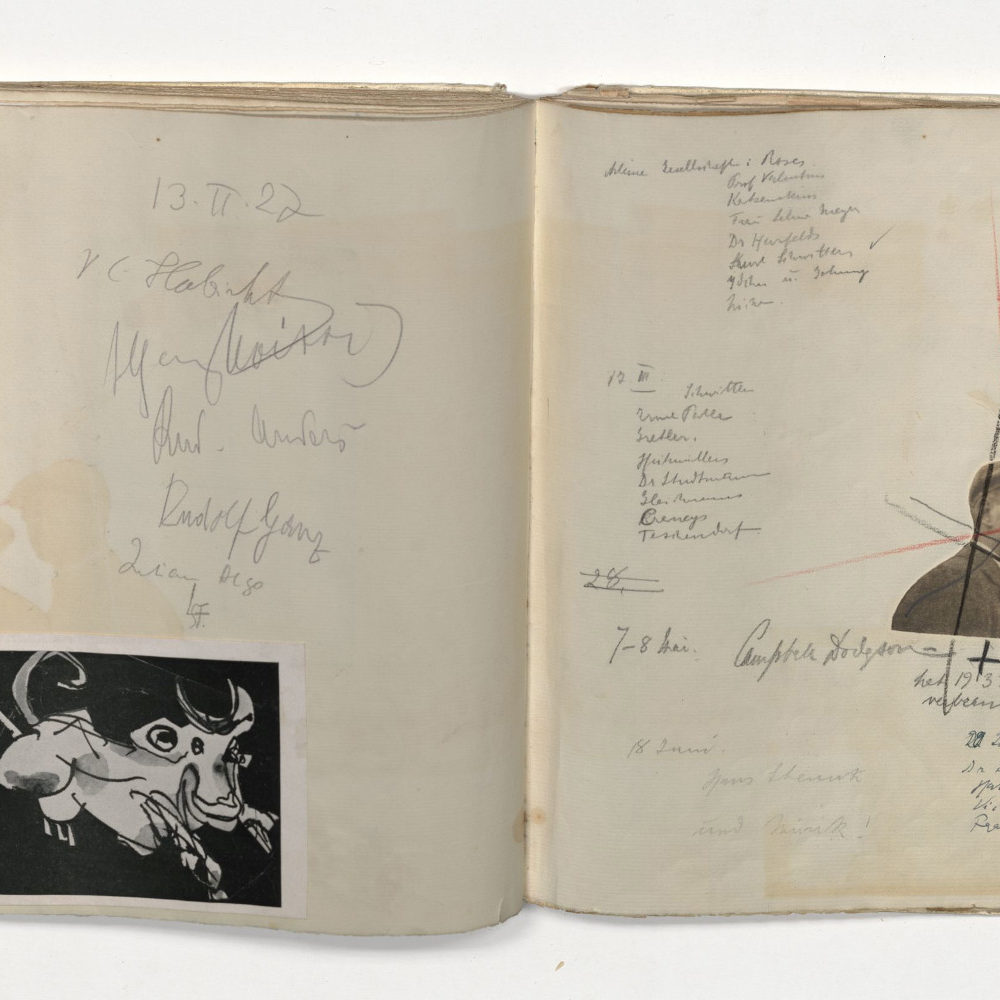
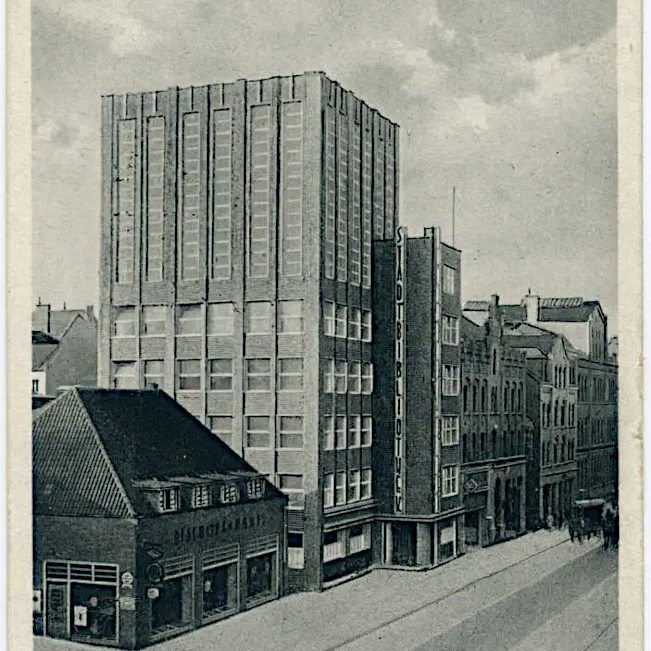
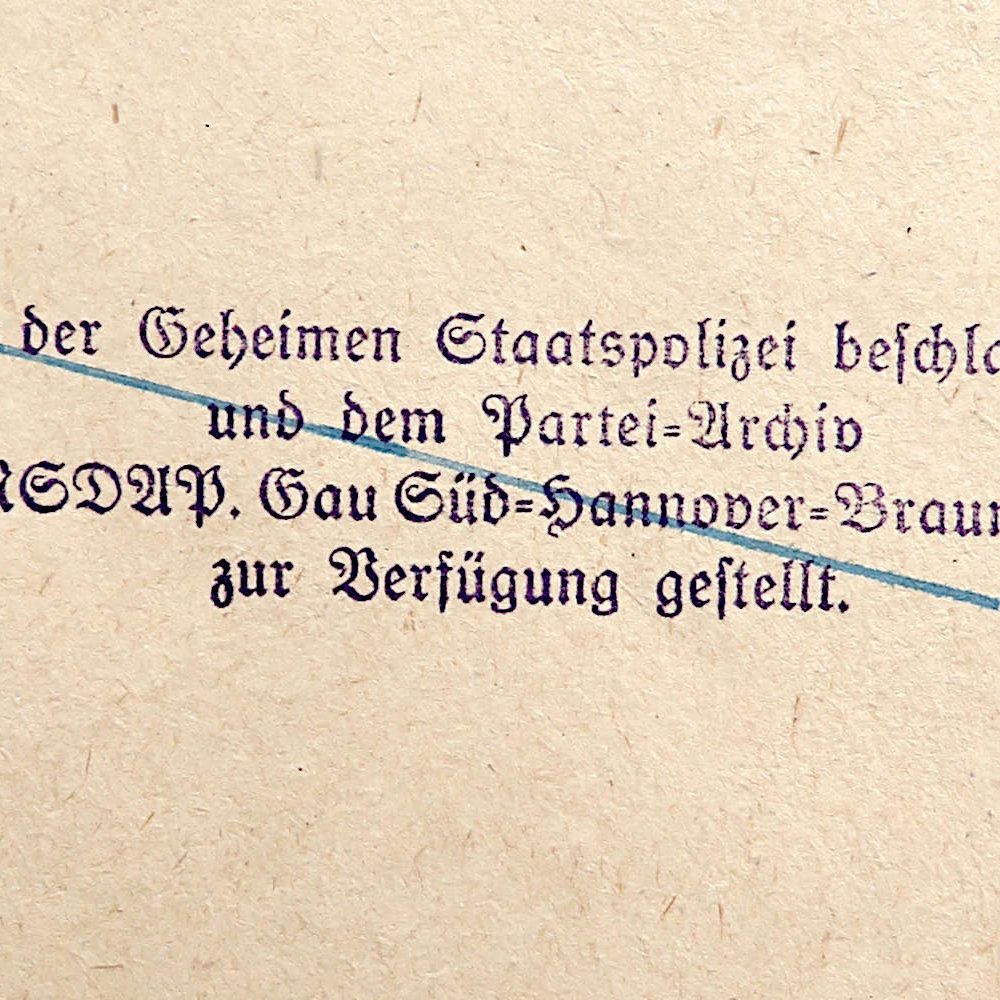
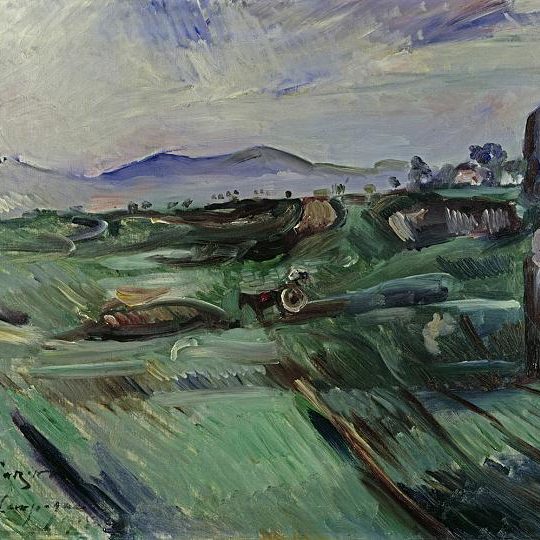
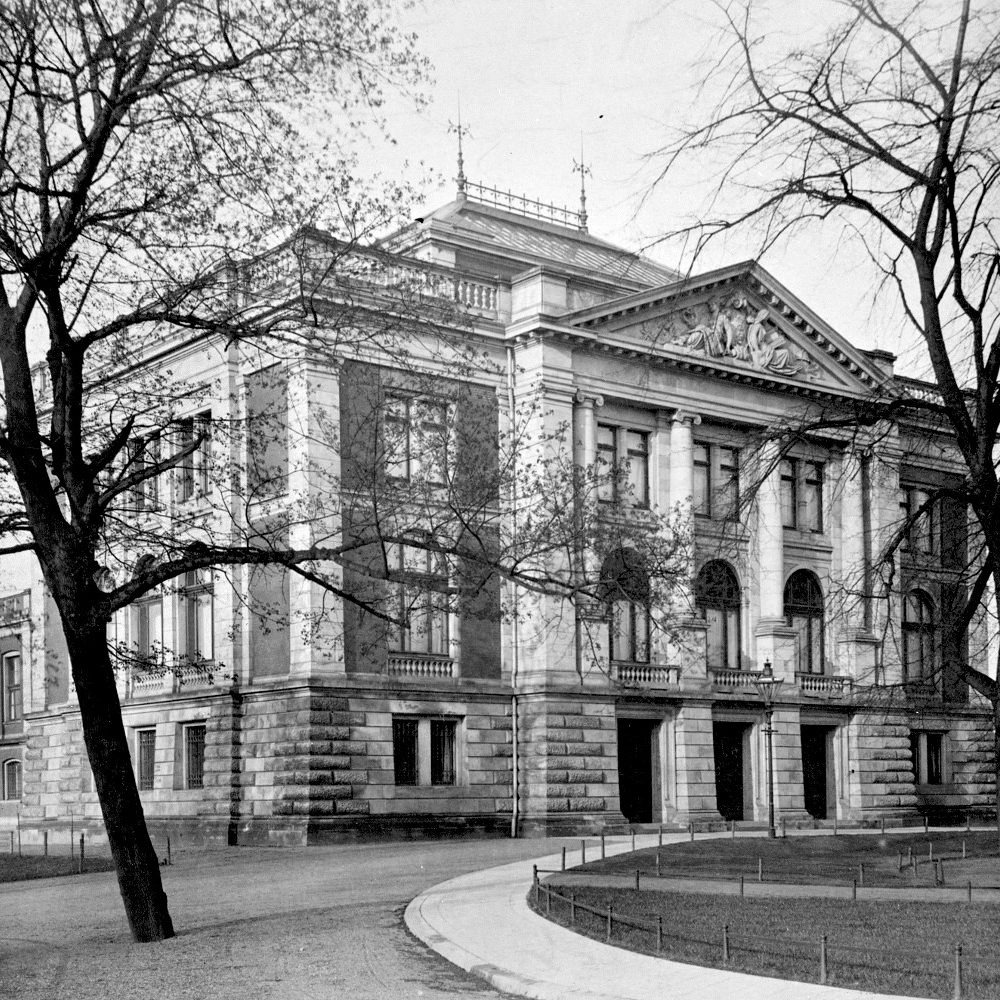


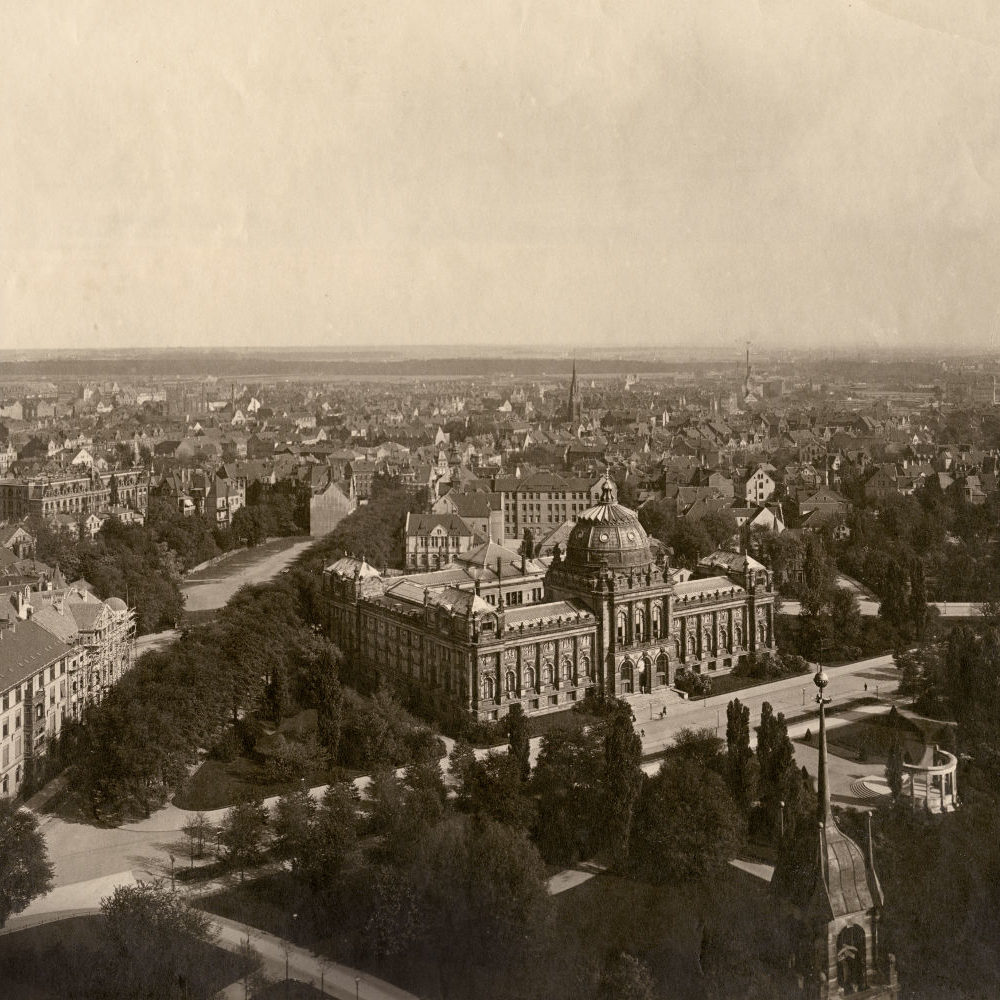
![Hanover: Portrait of Dr. Alexander Dorner, Director of the Art Gallery at the Provincial Museum 1924-1937 with, for the time, typical fraternity duelling scar [seen as a badge of honour and associated with status and an academic institution], undated. Historical Museum of Hanover](https://zukunft-heisst-erinnern.de/wp-content/uploads/2020/03/landesmuseum_2-1000x1000.jpg)
